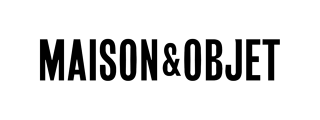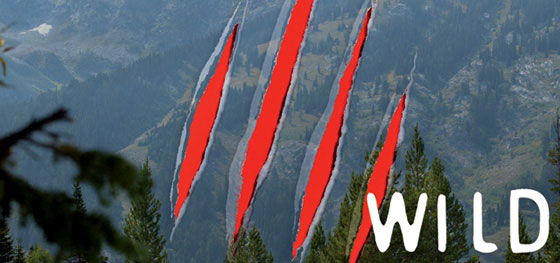MAISON&OBJET PARIS 2016: Inspirations space - WILD
Text von Maison et Objet Printemps
Paris, Frankreich
15.01.16
MAISON&OBJET announces the theme of the upcoming MAISON&OBJET PARIS January 2016 show:.WILD.
"The leopard cannot change its spots... Between threat of disappearance and hope for revival, nature takes over, expressing itself in all its first states, from the wild to the sacred. Confronted with a world formatted by technology, urbanization and excessive domestication, the imaginary gets wilder off the beaten tracks, and finds refuge in the innocence of an essential, preserved landscape, untouched. Contemporary creation convenes wild spirits. We return to the forest to reset. Forms and materials reconnect with elements to be in line with Mother Earth. The wild poetic gleans the elementary, the raw, the misshapen, the corroded, the burnt, the scarified. We reinject some nature into the urban space, in search of new wastelands. As shamans, designers call upon the magic of spirits and supernatural forces. ReWild Yourself."
Marie-Jo Malait, Editor-in-chief of the Inspirations Book
From now on, the three trends agencies members of the MAISON&OBJET Observatory will take turns at each session to develop the theme, reflecting the collective work carried out throughout the year, in an expanded space. The new Inspirations Forum, which will present the Inspirations Space by François Bernard, will be extended through the Wild Café-Bookstore, designed by Elizabeth Leriche focusing on the theme of the Inspirations Book, with selected works illustrating the bibliography. Lastly, the conference space will provide opportunities to explore the theme in greater depth and reposition it in the broader context of current trends.
Four questions for François Bernard (Croisements):
What elements led you to choose the theme Wild?
At our first meeting with the members of the MAISON&OBJET Observatory, I shared my feelings about a theme that amicably opposed soft and raw. The theme Wild crystallised over the course of our discussions. The word ‘wild’ also evokes the idea of savageness, derived from the Latin Sylvia (forest), which associates with the fascination with, and fear of, the unknown, the limits of our humanity. It suggests the sophistication of natural things and the energy of the untamed, both of which exert a powerful gravitational pull on our imaginations.
Wild is the ultimate otherness. It pulls us out of our comfort zone to challenge our place in the scheme of life. Faced with the indefinite horizons of the Anthropocene, we are swept up in nostalgia for our relationship with nature, now broken. The plastic arts, gastronomy, lifestyle, cosmetics and, naturally, the decorative arts are all trying to capture this wildness and taking inspiration from it.
How will you interpret this concept yourself?
I’ve come up with a stylistic approach in three phases. The space opens with the original idea of “wild”, capturing the mood of the deep forest. It continues with the concept of an urban wildness found in the interstices of the city, but also in the architecture of residential and commercial landscapes. And the last section of the exhibition presents a more spiritual dimension of the theme, addressing sacredness and rituals.
Is there a vocabulary of shapes and colours specific to the concept of ‘Wild’?
Yes, it encompasses indistinct or raw shapes, along with colours that range from yellow and green, to greenish-blue, khaki, earthy brown, rust, anthracite and burnt. Textures are important, especially when they reflect the “trembling of time”. Streaked effects are also becoming a regular fixture with, for instance, the return of tapestries. Long strands of cotton or wool are taking the place of fur.
Can you give us some examples of designs that illustrate the theme?
Off the top of my head, the Olmo bench from Il Labotorio dell’Imperfetto comes to mind – it looks like a charred trunk straight out of a primeval forest. Or the rock-like shapes of the Species collection from Fredrikson Stallard. In these two examples, materials like fiberglass are crafted in such a way as to reproduce primitive forms. The ceramics in Olivier Van Herpt’s Adaptive Manufacturing collection are also interesting. Made with 3D printing, they translate random environmental influences using a cutting-edge technique. This taste for the undefined is wholly at work in the carpets designed by Helmut Lang for Henzel Studio. There are also the Herbarium frames developed by Studio Maarten Kolk and Guus Kusters for Thomas Eyck, illustrating a kind of neonaturalism. And I find the photographs by Charles Fréger very inspiring, showing the subjects in European shamanic folklore costumes. There’s a poetic dimension to the magical thinking and symbolism found, for example, in the Anniversary Edition BigFoot table from e15, where almost hieroglyphic drawings are carved on the underside of the solid wood tabletop.






